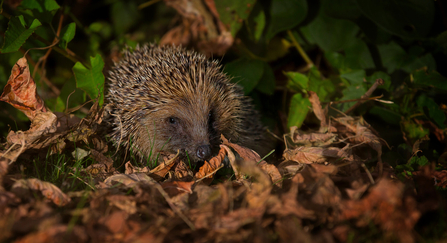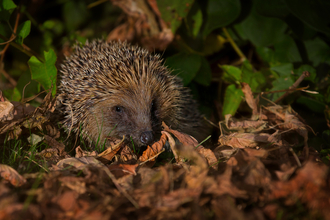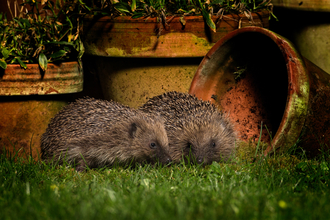Often called the gardener’s best friend, hedgehogs are expert nocturnal foragers. They emerge at dusk to snuffle through long grass, flowerbeds, leaf litter, and vegetable patches in search of worms, beetles, slugs, and other invertebrates, making them natural pest controllers. Hedgehogs have a keen sense of smell and a remarkable ability to remember the location of abundant food sources.
Mostly active from April to October, they thrive in a variety of habitats, including woodland edges, farmland, parks, and suburban gardens, wherever shelter and food are plentiful. Solitary creatures for most of the year, they roam several kilometres each night in search of food and mates, coming together only during the breeding season in late spring and early summer.





